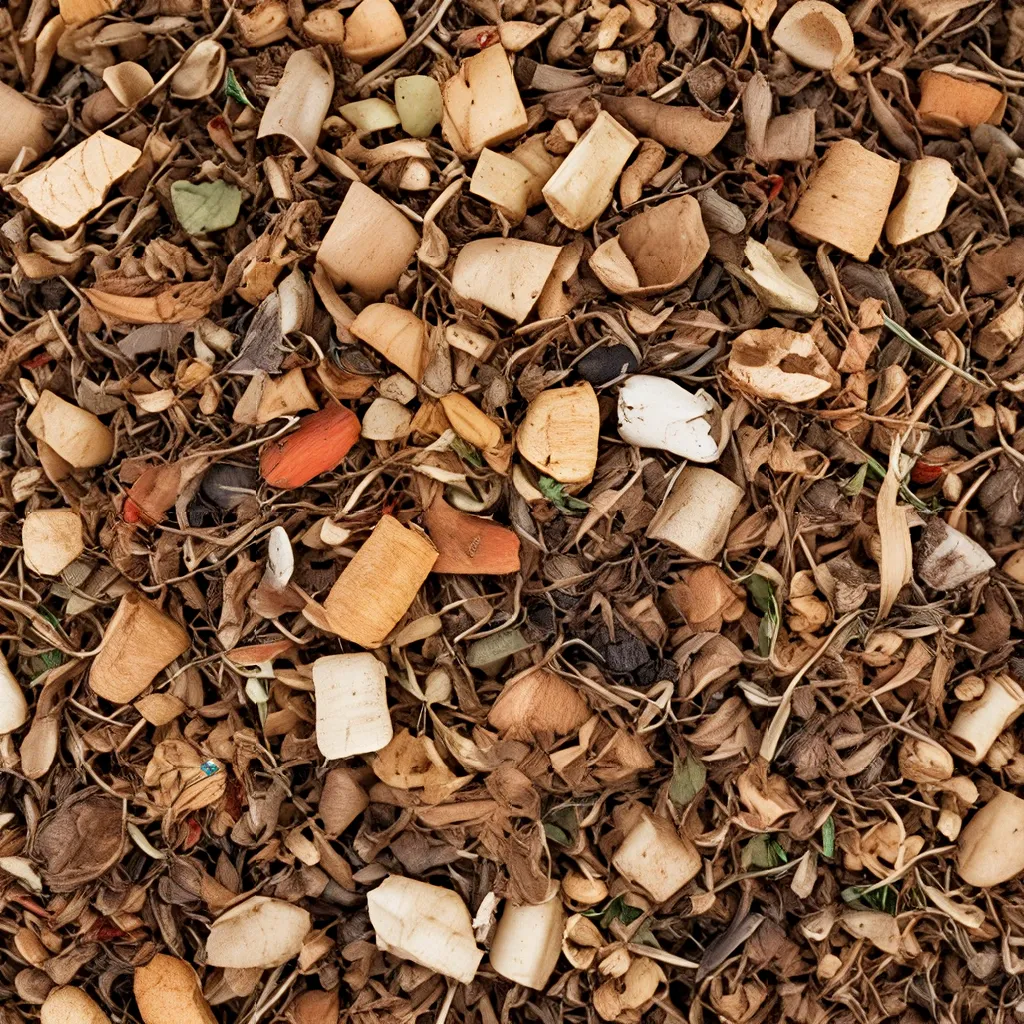
Imagine a world where our own waste could fuel our energy needs – a true Bioenergy Bonanza! As an avid environmentalist and energy enthusiast, I’ve been fascinated by the incredible potential of organic waste to transform into sustainable, renewable fuel. And the best part? We don’t have to look far to find the key – it’s hiding right under our noses.
Unearthing the Ancient Roots of Biochar
The journey of biochar from an innovative concept in the late 20th century to a recognized ancient practice with modern applications encapsulates a fascinating blend of history, science, and environmental stewardship. Dr. Stanley Manahan and Dr. Harsh Bapat’s pioneering work in the 1990s through the ChemChar gasification process marked the inception of the term “biochar” in scientific discourse, signifying a significant milestone in the field of environmental science and specifically in the remediation of hazardous waste.
But biochar’s roots run much deeper than that. The discovery of terra preta, or “black soil,” in the Amazonian basin provides compelling evidence of biochar’s ancient origins. Dated to as early as 450 BC, terra preta is characterized by a rich blend of high-carbon material, organic residues, and other elements that contributed to its fertility and productivity. This anthropogenic soil, enriched with biochar produced through the burning of biomass in low-oxygen conditions, stands as a testament to the ingenuity of ancient civilizations and their unwitting contribution to sustainable agriculture.
The historical significance of biochar and its rediscovery and reapplication in modern environmental science highlight its dual legacy as both an ancient technique and a contemporary solution to pressing environmental challenges. The properties of biochar that make it resistant to decomposition, its sustainable production from biomass, and its beneficial effects on soil health are as relevant today as they were in the past. Its ability to enhance crop yields, sequester carbon, and improve soil fertility position biochar as a critical component in the quest for sustainable agricultural practices and environmental remediation strategies.
The Bioenergy Breakthrough: Transforming Waste into Fuel
But the true Bioenergy Bonanza lies in biochar’s ability to unlock the potential of organic waste for fuel. You see, when biomass such as waste wood is left to decompose naturally, it breaks down into CO2, methane (CH4), and other greenhouse gases, contributing to global warming. However, by converting this biomass into biochar through a process called pyrolysis, the carbon is stabilized and effectively removed from the carbon cycle.
This process of creating high-carbon material from organic waste is not new. In fact, the indigenous peoples of the Amazon basin have been doing it for centuries, unintentionally sequestering carbon and preventing it from contributing to atmospheric greenhouse gas levels. But now, with the help of modern science and technology, we can harness this ancient technique to tackle our contemporary environmental challenges.
Biochar: The Carbon-Negative Superstar
Biochar stands out as a carbon-negative material when its lifecycle is considered. Wakefield BioChar’s assessment reveals that each dry ton of their biochar sequesters approximately two tons of carbon dioxide equivalent from the atmosphere. This carbon negativity highlights biochar’s potential not only as a soil enhancer but also as a key player in global strategies to reduce atmospheric carbon levels.
The process of producing biochar from waste biomass serves as an additional avenue for reducing greenhouse gas emissions, contributing to climate change mitigation efforts. By converting agricultural residues and waste biomass into biochar, we can effectively manage waste while capturing its carbon content, preventing it from being released into the atmosphere.
Moreover, the integration of carbon sequestration into soil management practices, particularly through the use of biochar, is emerging as a transformative approach to enhancing soil health and combating climate change. Biochar’s porous structure and high-carbon content make it a beacon for beneficial microbes, mycorrhizal fungi, and plant roots, leading to an enhancement of the soil’s overall health and productivity.
Biochar Carbon Credits: Incentivizing a Sustainable Future
But the real Bioenergy Bonanza comes in the form of biochar carbon credits. These credits create a financial incentive for suppliers like Wakefield BioChar to manufacture products that actively reduce atmospheric carbon dioxide levels. Each credit represents the removal of one metric ton of CO2 from the atmosphere, providing a quantifiable measure of environmental impact.
The certification process by Puroearth is a critical juncture in the fight against climate change, ensuring that only genuinely carbon-negative solutions reach the market. This rigorous evaluation not only provides transparency but also solidifies the trust stakeholders place in biochar as a viable option for carbon offsetting.
The revenue generated from the sale of these carbon credits fuels the growth of environmentally friendly technologies, like the expansion of Wakefield BioChar’s pyrolysis units for sustainable biochar production. It also enables the establishment of programs that minimize waste and promote sustainability, such as Wakefield BioChar’s Zero Landfill Program for large manufacturing plants.
But the real beauty of biochar carbon credits lies in their ability to make this powerful solution accessible to all. By subsidizing the transportation of biochar to farms, the revenue from carbon credits ensures that even small-scale farmers can incorporate this soil-enhancing, carbon-sequestering wonder into their operations, revolutionizing the way we approach sustainable agriculture.
Unlocking a Sustainable Future, One Bioenergy Bonanza at a Time
As I delve deeper into the world of biochar and bioenergy, I can’t help but feel a sense of excitement and hope. Here we have a solution that not only tackles climate change head-on but also strengthens our food security, promotes sustainable waste management, and empowers communities to take control of their energy and environmental future.
And the best part? It’s all hiding right under our noses, waiting to be unleashed. So let’s dive in, shall we? Join me on this Bioenergy Bonanza and let’s unlock the true potential of organic waste for fuel, one biocharged step at a time. The future is ours to create, and it starts with harnessing the power of our own waste. Are you ready to be part of the revolution? Because I know I am. Let’s do this!